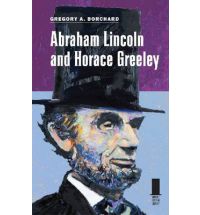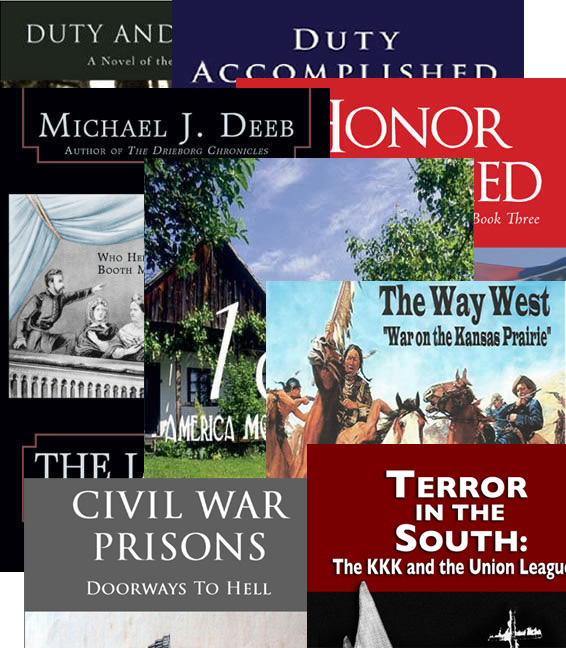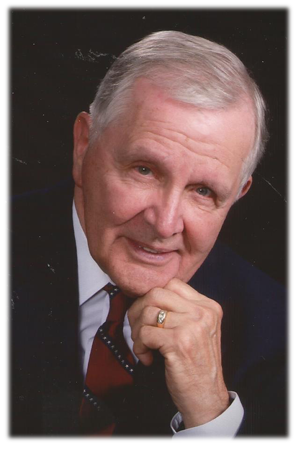Abraham Lincoln and Horace Greeley
 by: Gregory A. Borchard
by: Gregory A. Borchard
Reviewed by Dr. Michael J. Deeb
| TITLE: | Abraham Lincoln and Horace Greeley |
| AUTHOR: | Gregory A. Borchard |
| ORDERING: | www.conciselincolnlibrary.com |
Gregory A. Borchard chose Lincoln and Greeley as the most influential men of the mid nineteenth century. Borchard shows the reader that these men sometimes worked together and at other times at odds but at all times worked against the notion of the integration of slave labor into the free society of working men in the North. In that sense they both worked to protect free labor and by extension the free soil of the west.
The reader is also given an overview of the decline of the Whig Party and the emergence of the Republican Party. We see how both Lincoln and Greeley participated in this transition up to and including taking control of the Federal government in 1860.
Following the death of Greely in 1872, it was said of the two men: “No two men understood the ‘common people’ as well as they did.” The southerner, William McAdoo said, “No two men on the northern side of the great conflict between the states hold a higher place in the esteem and admiration of the South than Lincoln and Greeley.” Borchard adds his epitaph with: “…both men clearly lived out their separate understandings of what it meant to be a self-made man.”
This well researched and annotated study is an important addition to the library of anyone who wishes to understand the Civil War era.
The trenches dug during these battles are described as crawling with vermin and full of water as high as the men’s ankles. Men cannot hope to escape the filth of fighting from such a position nor can they hope to sleep in such conditions. Even standing up is dangerous because of sharpshooters. To make matters worse for the troops of both sides, everyone is short of food. The Confederate soldiers are always hungry and expect a good meal if captured; but not this time. The Yank’s supply lines are so stretched that the Union men are on half rations and their horses are starving.
Sherman wants to disengage from the stalemate. He needs to move closer to his supply lines and he wants to renew his drive on Atlanta. In exasperation, he takes personal charge of his forces on May 31st and moves his men out of the trenches.
To avoid being flanked, Johnson must move his force too. Instead, his superiors are pressing him to attack. He responds that he is facing far superior numbers and sees no opportunity for attacking in force at this time. His subordinate, General John Bell Hood is telling President Davis otherwise. Johnson plans his retreat.
“The Battles of New Hope Church”, is well researched and an entertaining work. However, just as the author told us that the combatants often becoming lost in the dense forest where these battles took place, so can the reader become confused trying to follow the action. This can be avoided if the author would place a clear map at the beginning of Chapter 3 when the first of the encounters is described. Placing another map at the beginning of Chapter 14 would also enable the reader to better see the disposition of the two armies at the conclusion of the battles.
Reviewed by: Dr. Michael J. Deeb. Teacher of American History and author of Civil War era novels: Duty and Honor: Duty Accomplished: and Honor Restored.


 A Great Read! I couldn’t put this book down once I got started. The detail was great and I really like the main character, Michael. Knowing that so much research went into this book made it exciting to read!
A Great Read! I couldn’t put this book down once I got started. The detail was great and I really like the main character, Michael. Knowing that so much research went into this book made it exciting to read!